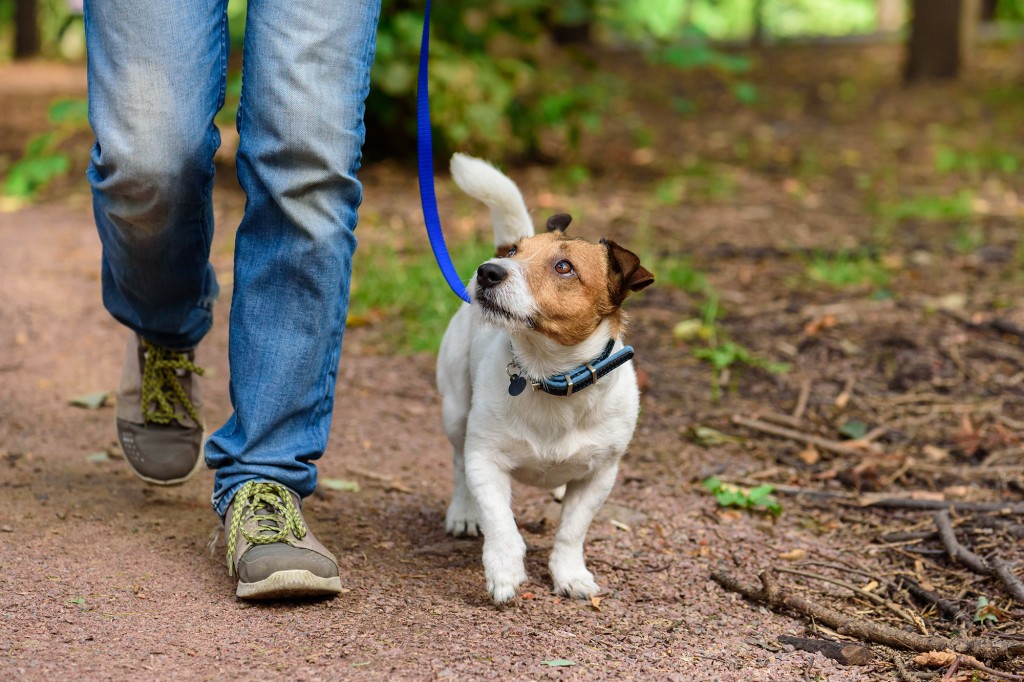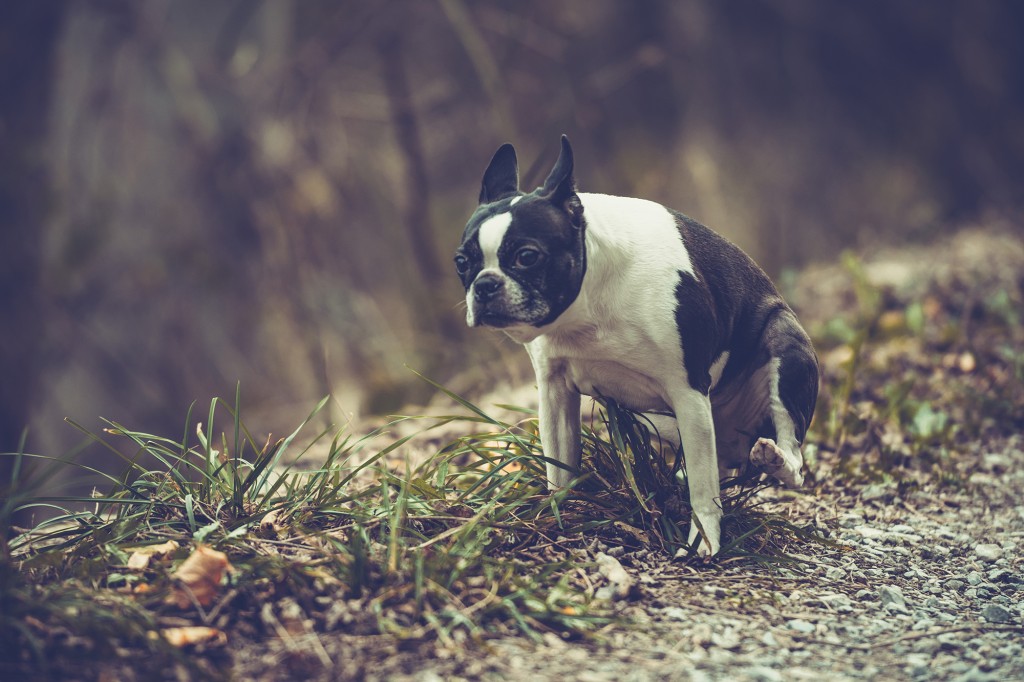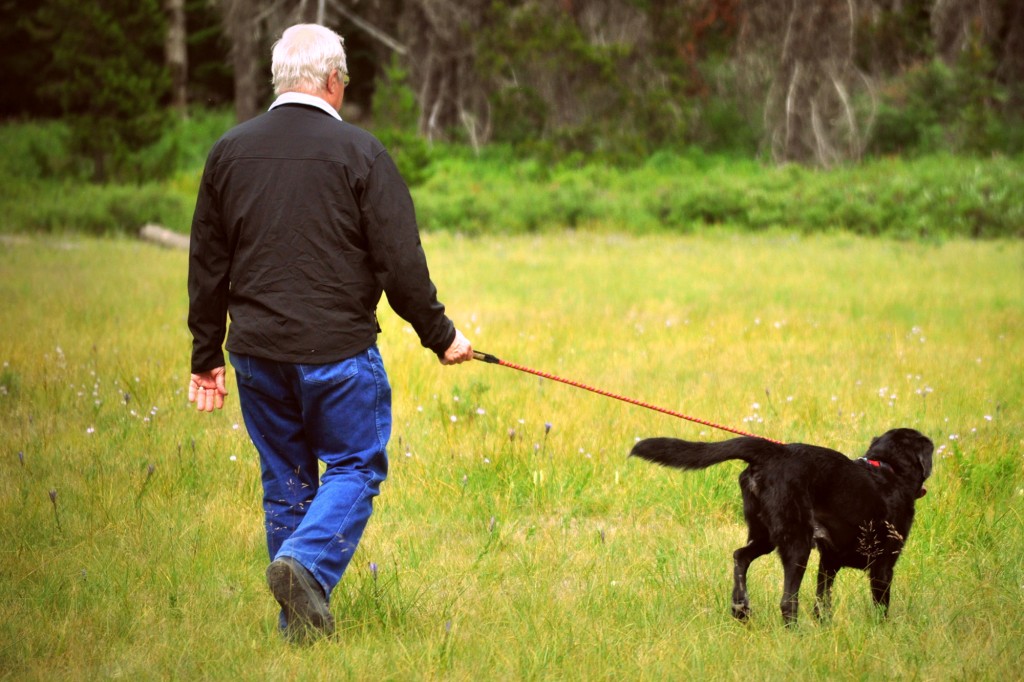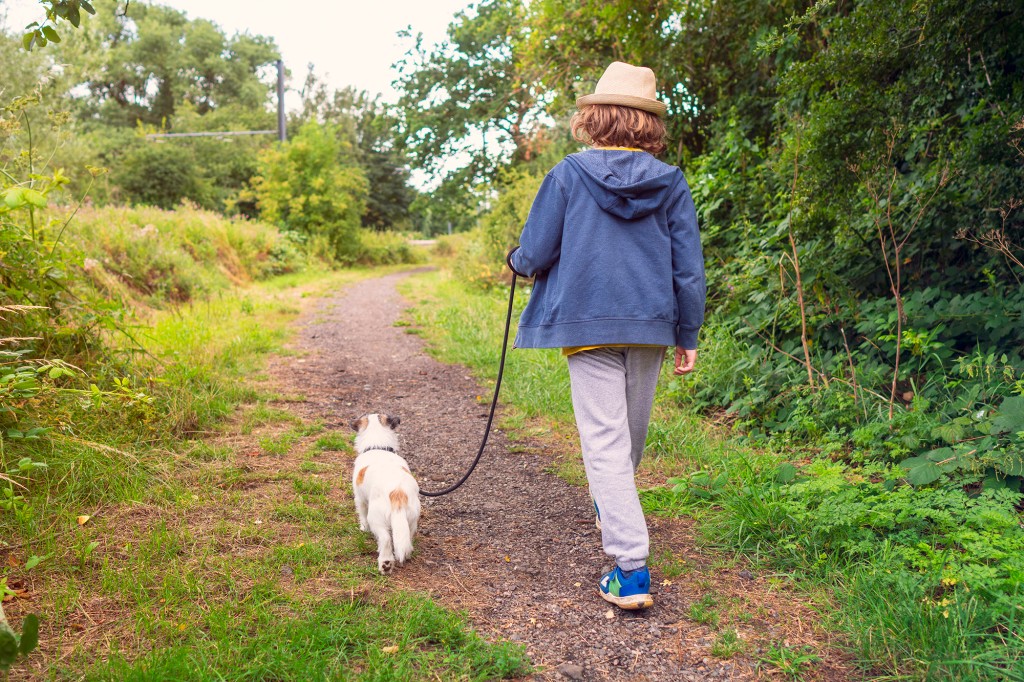Fido may look adorable, but he could be a danger to the environment.
Over-fertilization can lead to ecosystem damage and loss of biodiversity. a new scientific study published in “Ecological Solutions and Evidence”It has been found.
“Dogs appear to be a non-negligible, substantial and underestimated source of nutrients into peri-urban ecosystems…but this disturbance and its associated effects on biodiversity have been often neglected so far,” researchers in Ghent, Belgium, wrote about the “significant” effects of the apparently under-studied dog urine and feces.
After analyzing the, erm, natural effects dogs had on four nature reserves surrounding the European city, the soiled soil contained high clusters of both nitrogen and phosphorus two environment-influencing elements.

“Nutrient inputs from canine urine and feces can have important effects on soil nutrient concentrations…In areas with a lot of dog walkers, and especially near walking paths, elevated soil (Phosphorus) and (Nitrogen) concentrations are found and stable isotope analyses confirmed dogs as the source,” researchers wrote.
They continued: “It is clear that the levels of fertilization by dogs estimated here can potentially exert negative effects on biodiversity and ecosystem functioning of species-rich vegetation that are often pursued in forest and nature management.”
Researchers found that dogs can deposit up to 24 pounds (11 kgs) of nitrogen and 11 lbs (5 kilograms), of phosphorus annually per 2.47 acres (1 ha).

Researchers believe that the phenomenon of puppy pee and poop was not reported in Ghent. However, it is likely to be present in the natural areas of the 87 million dogs in Europe.
But how exactly does Scooby’s doo hurt the ecosystem?
“Higher nutrient levels lead to increased plant growth, mostly by a limited number of nutrient-demanding species that will outcompete specialists, particularly by taking away the available light, causing plant species loss and homogenization of plant communities,” the report hypothesized.

It was also outlined specifically how dog urine has a negative effect on plant life due to canines often eating so much meat, according to researchers: “Because dogs are carnivores and mainly fed with a protein-rich diet, the nutrient concentrations in urine are relatively high…Specifically, within the urine patches (containing Nitrogen) deposition has a strong effect on plant biodiversity and ecosystem processes (e.g. carbon and nutrient cycling) on a microscale.”

Pieter De Frenne, a study author, has some good news for you if this news makes your stomach churn.Business InsiderThese are some tips to help pet owners reduce the environmental, gastrointestinal and health burden.
It’s best to have dogs try and go before entering a park, he advised. And, of course, “pick up the feces, because then you remove 97% of the phosphorus and half of the nitrogen.”


